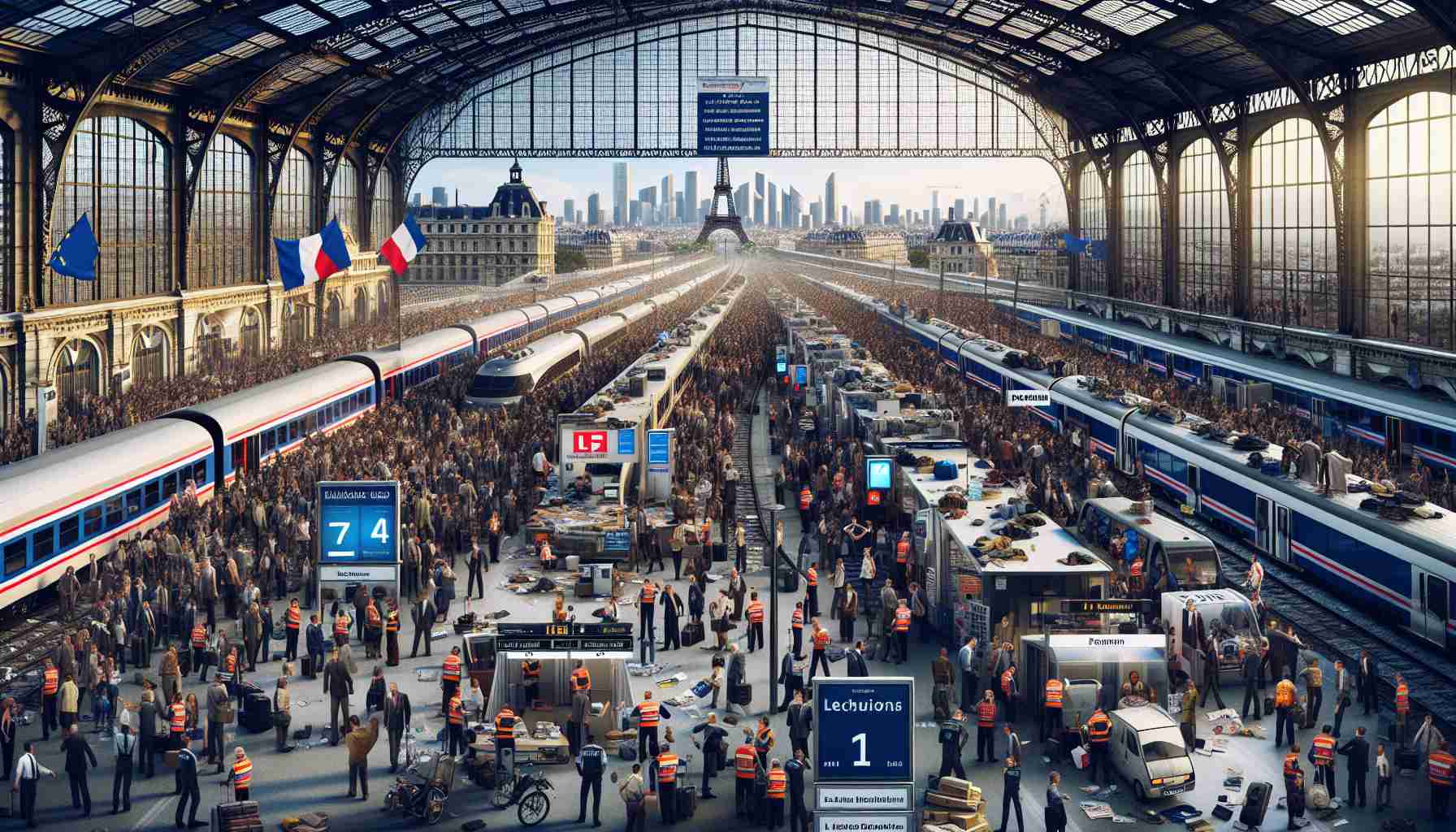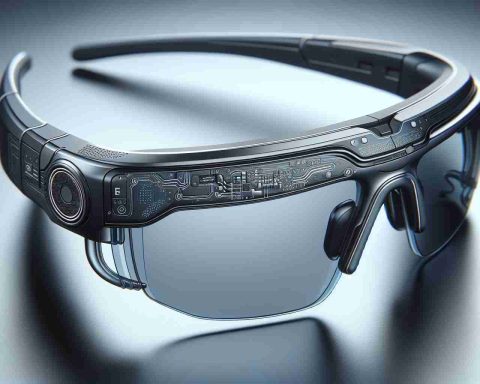Paris is currently facing a travel nightmare as the railway system grapples with a massive disruption just hours before the much-anticipated Olympic Games kick off. Thousands of passengers are stranded due to a sabotage incident involving incendiary devices, causing a complete halt in train services throughout France. Authorities are investigating the vandalism, with the Prime Minister expressing concern over the deliberate nature of the attack. Despite the high-speed rail being severely impacted, preparations for the opening ceremony continue amidst looming rain threats.
New Employment Records Amidst Rising Overtime Hours
A remarkable surge in employment figures has been recorded in the country, reaching an all-time high of over 21,600,000 workers. The tourism sector has played a significant role, contributing to the creation of over 400,000 new jobs between April and June alone. The latest Employment Population Ratio also reveals the lowest unemployment rate in 15 years. However, a concerning trend emerges with the highest number of overtime hours reported since 2008, shedding light on potential workforce challenges despite the employment boom.
NASA’s Potential Discovery of Microscopic Life on Mars
Recent findings by NASA suggest a groundbreaking revelation – signs of microscopic life on Mars. Speculations regarding the existence of life on the red planet may find validation through fossilized markings on a rock, hinting at the presence of ancient microbial organisms. The presence of white veins on the rock indicates the possibility of past water flows on Mars, adding to the intrigue of potential extraterrestrial life. The next frontier lies in the ambitious endeavor to bring samples from Mars back to Earth for detailed analysis and confirmation of this astonishing discovery.
Unprecedented Rail Improvements Envisioned for Paris
Paris is no stranger to railway disruptions, yet the recent chaos has highlighted a pressing need for substantial improvements in the city’s transportation infrastructure. As the Olympic Games draw near, the question arises: What steps are being taken to prevent future railway crises and ensure seamless travel experiences for both locals and visitors?
Key Challenges:
1. Infrastructure Modernization: The aging railway system in Paris requires extensive upgrades to enhance efficiency and reliability. What long-term plans are in place to revamp the city’s transportation network?
2. Security Measures: The recent sabotage incident underscores the vulnerability of rail services to malicious attacks. How will security protocols be bolstered to safeguard against such disruptions in the future?
3. Capacity Management: With a surge in tourism and record-high employment figures, how will the railway authorities manage the increasing demand for transportation services during major events like the Olympics?
Advantages:
1. Economic Boost: Improved transportation networks can stimulate economic growth by attracting investments and boosting tourism, as evidenced by the surge in job creation in the tourism sector.
2. Enhanced Connectivity: Upgraded rail infrastructure can enhance connectivity within the city, making it easier for commuters to travel and reducing congestion on roads.
3. Sustainability Benefits: Modernizing the railway system can contribute to environmental sustainability goals by promoting the use of public transportation over private vehicles.
Disadvantages:
1. Cost Implications: Implementing large-scale railway improvements can involve substantial costs, raising concerns about funding sources and budget allocations.
2. Disruption during Upgrades: The process of modernizing the railway system may cause temporary disruptions, impacting commuters and businesses reliant on efficient transportation services.
3. Public Perception: The ongoing railway chaos could tarnish Paris’s reputation as a top tourist destination, highlighting the importance of swift and effective solutions to restore confidence in the city’s transport infrastructure.
For further insights on transportation challenges and solutions, visit U.S. Department of Transportation.

















